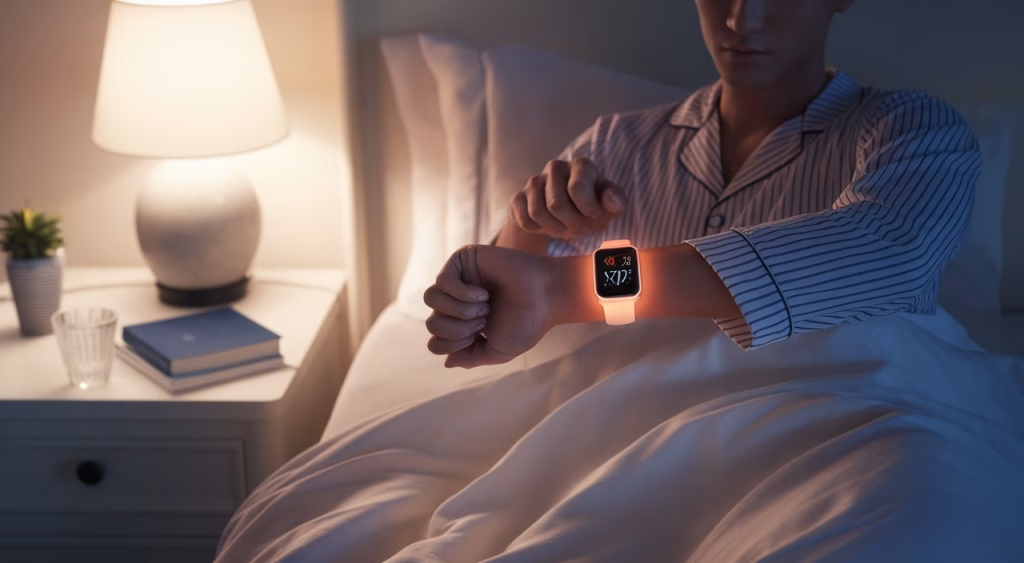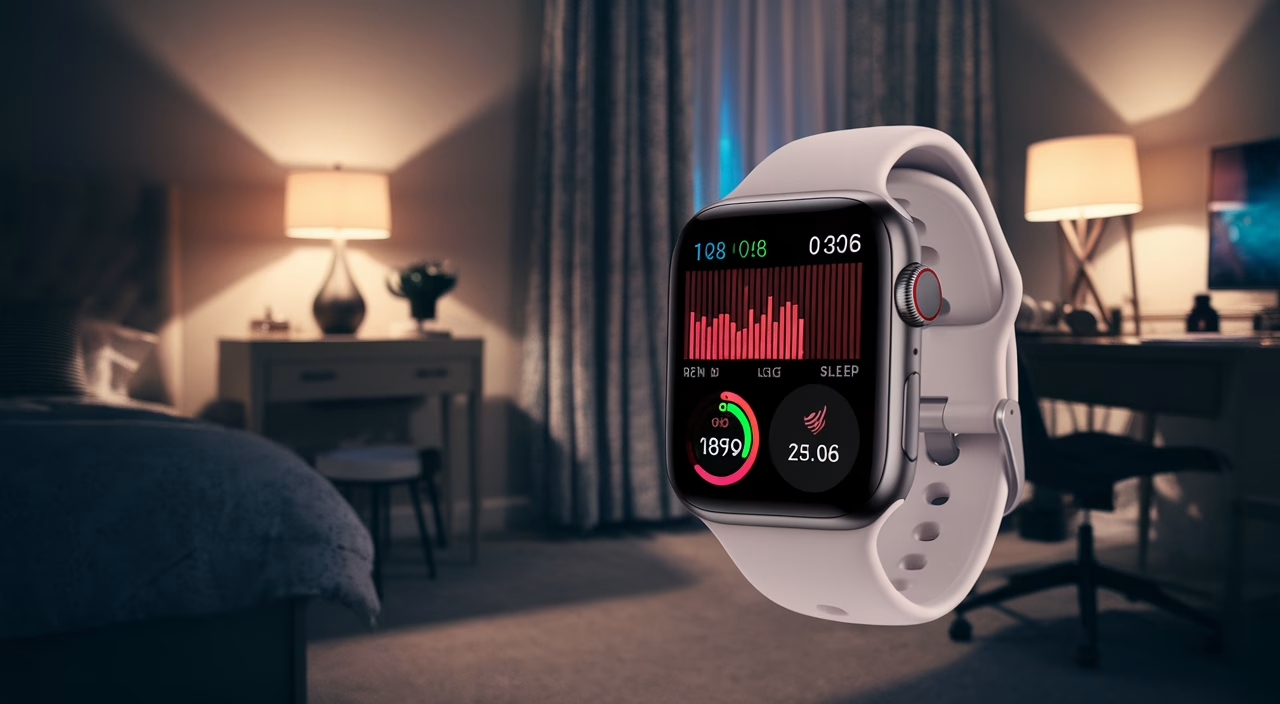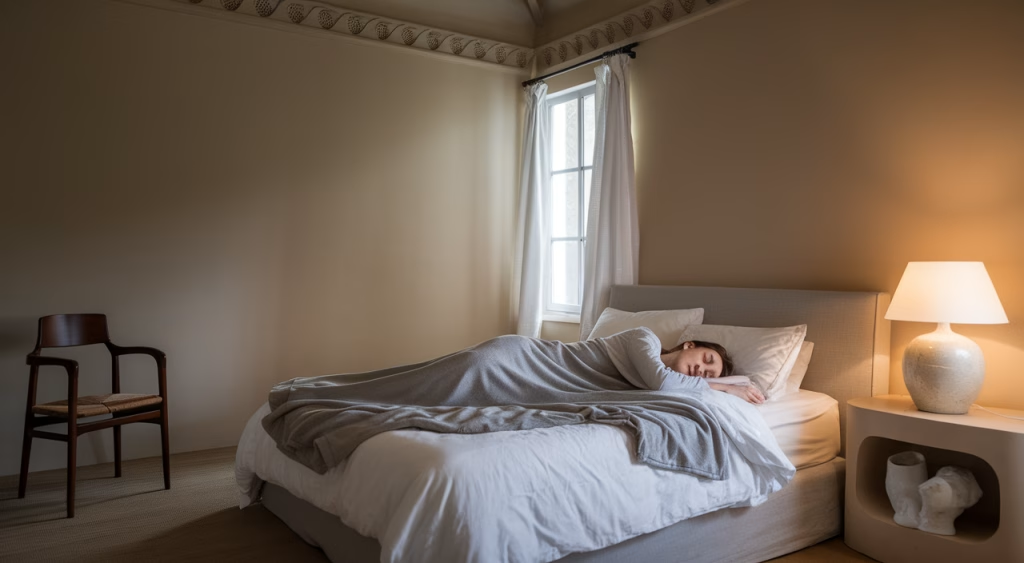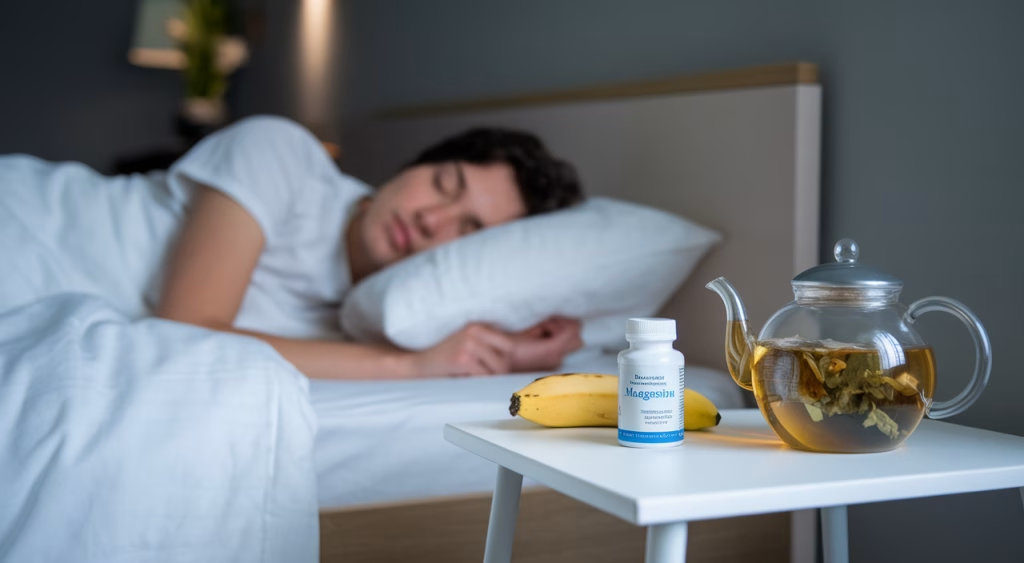How can I track my sleep with my Fitbit device effectively?
To track your sleep with your Fitbit device effectively, wear it consistently at night, review your sleep stages and Fitbit sleep data daily, and use the personalized Fitbit sleep insights it provides to identify patterns and adjust your bedtime routine. The more consistently you wear it, the more accurate and helpful your Fitbit sleep tracking trends will be.
TL;DR: Summary
- Fitbit automatically tracks sleep: Simply wear your device to bed—it monitors movement, heart rate, and more for comprehensive sleep tracking.
- Sleep stages recorded: Fitbit sleep tracking identifies light, deep, and REM sleep patterns with precision.
- Use Fitbit Sleep Score: A daily summary score gives you a snapshot of overall sleep quality and tracking progress.
- Personalized Fitbit sleep insights: These help identify patterns and suggest actionable changes for better rest.
- Improve sleep quality with Fitbit: Adjust routines using weekly trends and goal-setting features in your sleep tracking.
- Real user stories included: See how others optimized their sleep using Fitbit sleep data effectively.
Understanding Fitbit Sleep Tracking
How Fitbit Tracks Your Sleep
The magic of Fitbit sleep tracking lies in its ability to convert your nightly patterns into meaningful Fitbit sleep data. When you wear your device to bed, it uses a combination of heart rate variability, motion sensors, and oxygen saturation (SpO2) to determine when you fall asleep, how long you sleep, and how restful that sleep actually is.
Most Fitbit models start detecting sleep automatically after an initial period of rest. You don’t need to press any buttons for effective sleep tracking with Fitbit. By using your heart rate and movement, Fitbit differentiates between being awake, lightly dozing, deep sleep, and periods of REM sleep. These Fitbit sleep insights are compiled into your daily sleep report, available in the Fitbit app every morning.
Ever woken up wondering why you feel groggy, even after eight hours in bed? Fitbit sleep tracking helps you understand why. It’s often less about total time in bed and more about how much regenerative sleep you’re actually getting through detailed sleep analysis.
Interpreting Sleep Data Insights
Numbers alone aren’t enough—we need to translate your Fitbit sleep data into actionable changes. Fitbit provides a ‘Sleep Score’ ranging from 0–100, which reflects your overall sleep quality based on duration, depth, and restfulness. Here’s what your sleep tracking reveals:
| Metric | Meaning | Impact |
|---|---|---|
| Sleep Duration | Total time asleep | Less sleep equals lower score |
| Deep & REM Sleep | Restorative sleep stages | Essential for repair and memory |
| Restlessness | Awakenings or movement | Too much lowers score |
If your Fitbit sleep tracking consistently shows scores below 70, it might be time to examine both your evening routine and external disruptions like light, sound, or caffeine. Think of your sleep score like a report card for your night—telling you where to improve sleep quality with Fitbit and where you’re thriving.
Improving Sleep Quality with Fitbit
Tips for Better Sleep Based on Fitbit Data
Now that your Fitbit is faithfully logging your nights through sleep tracking, let’s talk strategy. The value of Fitbit sleep tracking lies in what you do with your sleep data. Here’s how to use Fitbit sleep insights to your advantage:
- Consistency is key: Go to bed and wake up at the same time daily—even on weekends. Fitbit’s weekly sleep tracking charts help highlight irregular patterns.
- Tackle light sleep: If your Fitbit sleep data shows a high percentage of light sleep, try relaxing pre-bed rituals like reading, meditation, or warm baths.
- Optimize deep sleep: Reduce screen time before bed. Blue light can delay sleep onset and chip away at your deep sleep percentage shown in sleep tracking.
- Limit caffeine: Your Fitbit sleep insights may reveal restlessness on days you overdo stimulants. Use this cause-effect relationship to adjust consumption.
- Use Smart Wake: Some Fitbit models gently awaken you during the lightest phase of sleep in the 30-minute window before your alarm for better sleep quality.
These small shifts make a big difference over time when you track sleep with Fitbit consistently. You’re tuning your body in the same way a mechanic fine-tunes an engine—looking at the sleep data and making minor, yet powerful adjustments.
Setting Sleep Goals and Monitoring Progress
One way to stay accountable is by setting sleep goals inside the Fitbit app for better sleep tracking. Start with the recommended 7–9 hours of sleep per night. You’ll get reminders for bedtime, helpful nudges during the day, and weekly summaries to chart your progress with Fitbit sleep data.
Here’s how setting goals and reviewing your Fitbit sleep insights can turn passive tracking into proactive improvement:
- Establish a target bedtime in your sleep tracking routine
- Set wind-down reminders for consistent Fitbit sleep tracking
- Track week-over-week improvements in total sleep and deep sleep through your data
- Adjust routines based on recurring patterns in your sleep insights (e.g., poor sleep on high-stress days)
Goal setting, paired with reflective review of your Fitbit sleep data, turns your device from a passive tracker into a sleep coach on your wrist.
Real-Life Impact of Fitbit Sleep Tracking
User Stories: Transforming Sleep Habits with Fitbit
Let me share a few real-life examples of how sleep tracking with Fitbit creates small changes with big wins.
Case 1 – The Midnight Scroller: A client started noticing her Fitbit sleep data consistently showed REM sleep dipping below average on weekdays. The culprit? Scrolling social media late at night. After substituting screen time with guided meditation, her Fitbit sleep tracking showed a 15% REM sleep improvement over 3 weeks.
Case 2 – The Irregular Sleeper: Another user realized his Fitbit sleep insights revealed scores dipping noticeably after weekend shifts in sleep schedule. His Saturday-Sunday inconsistency wrecked his Monday energy. With Fitbit sleep data in hand, he gradually shifted to a more regular pattern—experiencing better focus and mood within a month of consistent sleep tracking.
These stories aren’t anomalies. When you pay attention to your Fitbit sleep tracking data, you’re empowered to stop guessing and start optimizing your rest.
Integrating Fitbit Data into Your Sleep Routine
Your Fitbit sleep data isn’t just for bedtime reviews—it can become an early warning system, accountability partner, and coach throughout the day. Here’s how to integrate sleep tracking with Fitbit more deeply:
- Check each morning’s Fitbit sleep insights mindfully—ask yourself, “What might’ve influenced last night’s sleep tracking results?”
- Use Fitbit’s Health Metrics dashboard to monitor trends like resting heart rate or SpO2 that could indicate declining sleep quality in your tracking data.
- Journal major lifestyle changes and track their sleep consequences using your Fitbit sleep data (e.g., new job, exercise, travel).
- Use sleep tracking insights to advocate your needs—whether it’s discussing Fitbit sleep patterns with a partner or sharing data with a healthcare provider.
Sleep isn’t isolated from your daytime actions. Fitbit sleep tracking gives you the lens to see your full-body connection—and that’s where real transformation happens with consistent sleep data monitoring.
Cost Guide: How Much Does Sleep Tracking with Fitbit Cost?
| Device Tier | Features | Price Range (USD) |
|---|---|---|
| Entry-Level | Basic sleep tracking, Sleep Score | $70–120 |
| Mid-Range | Sleep stages, Smart Wake alarm | $130–180 |
| Advanced | SpO2, Health Metrics, Premium | $190–300+ |
Final Thoughts
Learning how to track sleep with Fitbit is more than just watching numbers—it’s about understanding your body and honoring its need for rest. At its best, Fitbit sleep tracking acts like a mirror, revealing habits that either support or sabotage your sleep quality through detailed data analysis.
Remember, there’s no perfect night—but there are better patterns revealed through consistent Fitbit sleep insights. Whether you’re just exploring sleep tracking with Fitbit for beginners or looking to maximize sleep benefits with advanced data analysis, you’ve now got an empathetic roadmap to follow. One small change at a time, night after night—you’re on your way to better rest with your Fitbit sleep tracking companion.
Frequently Asked Questions
- Does Fitbit require me to press any buttons to track my sleep?
No, most Fitbit devices automatically detect sleep using sensors and algorithms. - How accurate is Fitbit sleep tracking?
While not medical grade, Fitbit provides highly reliable patterns using validated sleep tracking algorithms based on motion and heart rate. - Can I track naps with Fitbit?
Yes. Fitbit will attempt to log naps automatically if they’re more than about one hour long. - What’s a good Fitbit Sleep Score?
A score of 80 or above is considered good. Scores between 60–79 are fair, and under 60 needs attention. - Is Fitbit Premium needed for sleep tracking?
No, sleep tracking works on all levels, but Premium unlocks more detailed analysis and wellness reports. - Can I export or share my Fitbit sleep data?
Yes. You can generate reports from your dashboard to discuss with healthcare providers. - Why do I feel tired despite a high Sleep Score?
Sleep quality is one factor. Stress, nutrition, and physical health also affect energy levels.





